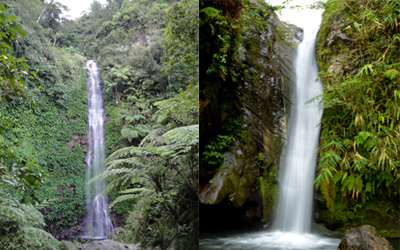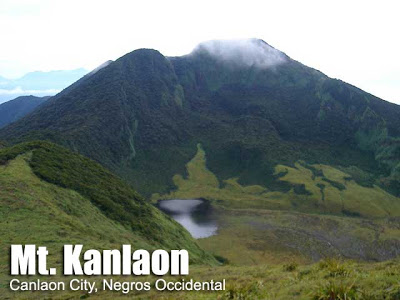Region 10: Northern Mindanao
Myths, Legends, and Folktales
Legends
The Legend of Tinago Falls
Legend has it that there once lived an influential and
powerful Sultan Agok and his wife. They were appointed by their people as their
king and queen. But they became too proud of themselves and became selfish
rulers of their kingdom. When the sultan's wife was pregnant, an enchantress,
disguised as a beggar, begged for their help but instead they exiled and
rejected her. Because of this, the enchantress cursed the couple that the child
will become ugly but they did not take it seriously and permanently banished
the enchantress.
The child did become ugly. The couple was sad and
disappointed, expecting the baby to be as lovely as her mother. They hid the
child in a cave to avoid embarrassment and named the baby Tin-ag, which means
"hidden face". They visited and took care of the baby in the cave.
When the child grew up, she came out of the cave and became
amazed at what she saw. The enchantress, who cursed her parents, saw her and
made an offer to transform her into something of great beauty and splendor. She
accepted the offer and became the Tinago Falls.
The Battle at Tagoloan
It was a chilly night but Regino
was sweating in his foxhole in the beach of Tagoloan, a town in northern
Mindanao. It would be his first encounter against the formidable Japanese
imperial army. He prayed the prayers that his grandfather taught him, as he
pondered what would happen to his family if he dies or is captured. His unit
was part of the Filipino-American forces, thinly stretched over a long
coastline, tasked to defend northern Mindanao against the Japanese forces.
Weeks earlier, the American
intelligence warned of an impending Japanese invasion of northern Mindanao.
Anticipating a naval-led attack, the American army commander in Mindanao
ordered the erection of barriers, during low tides, along a long coastline as
far as possible seaward. Materials and time limited, they could only come up
with a makeshift structure- barbwires stringed to wooden poles planted into the
seabed. The commander just wanted to put up a good fight. He knew that their
defense preparations could not stop a determined attack by the better-armed
Japanese.
Past midnight, the tide was peak
high when Regino observed silhouettes of scores of warships, the invasion
fleet. Then artillery bombardment started coming from the ships. Mercifully,
they were off the mark though some landed just behind his foxhole. He tightened
his grip around his machine gun, slid his finger into the trigger and waited.
They have limited ammunition and were ordered not to fire back until the lead
boats reach the barriers.
Regino saw the attack barges
emerging in front of the ships. Artillery bombardment continued as the barges
raced toward the beach. The Japanese invasion commander was probably surprised
that there was no return fire from the American side; then was puzzled why the
barges were stalled. The barriers held and the barges stopped moving forward.
The defenders took advantage and rained fire on them, aiming at the unarmored
sides. Regino fired his machine gun at will and was exhilarated at being able
to fight an army known for its courage and many victories. The attackers must
have suffered huge casualties as the barges turned back to the warships.
The defenders’ seeming triumph
was short-lived. A second wave of barges returned. Regino saw divers latch
chained hooks to the barbwires. Then the barges tugged them away, dismantling
the impediment across his sector. Other units in the long defense line did not
face an attack. The invaders concentrated on particular stretches intending to
punch holes across the defense line. Regino’s section was one of those they
selected to break through.
The barges speeded towards the
beach and the defenders were fast running out of ammunition. Regino, had to
regulate his machine gun fire in short bursts to conserve his remaining
bullets. Four hours after the attack begun, the defenders ran out of
ammunition.
As previously instructed, Regino
removed the pin from his machine gun, abandoned his foxhole and proceeded to
the rendezvous point. The attackers quickly established a beachhead. Some even
shouted the Japanese war chant as they chased the retreating adversaries.
At the rendezvous point, the
American commander advised the surviving combatants that they can choose to
join the surrender to the Japanese forces or revert to civilian status and
later join the guerilla movement. Regino and most of the Filipino soldiers
opted for the later.
Regino changed to civilian
clothes and visited the scene of battle the following day. He was promptly
captured, made to help bury the dead, Japanese, American and Filipino, in a
mass grave and was released by a dignified looking Japanese officer.
Myths
Evil Aswang
The myth of the inherently evil aswang, a ghoul characterized as a kind of vampire that hunts for young children, unborn fetuses or dying persons, is well known throughout the country,
September 2004, a 16-year-old boy in Tantangan, South Cotabato witnessed that his 14 year old brother was attacked by an aswang, which was disguised as a big black dog with red eyes. The two boys were sleeping in a small shack, guarding their farm ducks; all of a sudden they heard a squeaking sound outside the makeshift hut. The teenager said that a big black canine, about three feet-high, was about to bite the neck of his younger brother when the creature set its glowering eyes on him. The youngster grabbed his father's rifle and shot the beast, which fled in the darkest part of the rice field. The younger brother was accidentally hit in his right leg and brought to the local hospital. The description given by the bloke fits the physical appearance of a human flesh eating aswang, a supernatural being who has the ability to transform itself into different forms while devouring a prey.
Lambana or Diwata
Just short after reciting a prayer during a flag-raising ceremony in February 2009, about sixty students of a the Lun Padido National High School in Malapatan town in Sarangani province were believed to be bedeviled by an evil spirit, ordiwata, that guarded the trees in the compound. A diwata or lambana can bring fortune to those who look after its domain and will harm those who destroy it. After praying, the mostly female, students collapsed instantly. The principal of the school announced that the students went berserk; exclaiming hardly understandable words and about a dozen pupils were acting unnatural. Priests, teachers, pastors and parents prayed together for the recovery of the scholars. It is speculated that the students became haunted by vicious phantoms that were seemingly angered after cutting of bamboo and tamarind trees inside the school compound.
Folktales
THE FLOOD STORY
Once upon a time, when the world was flat and there were no
mountains, there lived two brothers, sons of Lumawig, the Great Spirit. The
brothers were fond of hunting, and since no mountains had formed there was no
good place to catch wild pig and deer, and the older brother said:
"Let us cause water to flow over all the world and
cover it, and then mountains will rise up." 97
So they caused water to flow over all the earth, and when it
was covered they took the head-basket 98
of the town and set it for a trap. The brothers were very much pleased when
they went to look at their trap, for they had caught not only many wild pigs
and deer but also many people.
Now Lumawig looked down from his place in the sky and saw
that his sons had flooded the earth and that in all the world there was just
one spot which was not covered. And he saw that all the people in the world had
been drowned except one brother and sister who lived in Pokis.
Then Lumawig descended, and he called to the boy and girl,
saying:
"Oh, you are still alive."
"Yes," answered the boy, "we are still alive,
but we are very cold."
So Lumawig commanded his dog and deer to get fire 99 for the boy and girl. The dog and the deer
swam quickly away, but though Lumawig waited a long time they did not return,
and all the time the boy and girl were growing colder.
Finally Lumawig himself went after the dog and the deer, and
when he reached them he said:
"Why are you so long in bringing the fire to Pokis? Get
ready and come quickly while I watch you, for the boy and girl are very
cold."
Then the dog and the deer took the fire and started to swim
through the flood, but when they had gone only a little way the fire was put
out.
Lumawig commanded them to get more fire and they did so, but
they swam only a little way again when that of the deer went out, and that of
the dog would have been extinguished also had not Lumawig gone quickly to him
and taken it.
As soon as Lumawig reached Pokis he built a big fire which
warmed the brother and sister; and the water evaporated so that the world was
as it was before, except that now there were mountains. The brother and sister
married and had children, and thus there came to be many people on the earth.
ILIN, The Rice Bird
One day when a mother was pounding out rice to cook for supper, her little girl ran up to her and cried:
"Oh, Mother, give me some of the raw rice to eat."
"No," said the mother, "it is not good for you to eat until it is cooked. Wait for supper."
But the little girl persisted until the mother, out of patience, cried:
"Be still. It is not good for you to talk so much!"
When she had finished pounding the rice, the woman poured it into a rice winnower and tossed it many times into the air. As soon as the chaff was removed she emptied the rice into her basket and covered it with the winnower. Then she took the jar upon her head, and started for the spring to get water.
Now the little girl was fond of going to the spring with her mother, for she loved to play in the cool water while her mother filled the jars. But this time she did not go, and as soon as the woman was out of sight, she ran to the basket of rice. She reached down to take a handful of the grain. The cover slipped so that she fell, and was covered up in the basket.
When the mother returned to the house, she heard a bird crying, "King, king, nik! nik! nik!" She listened carefully, and as the sound seemed to come from the basket, she removed the cover. To her surprise, out hopped a little brown rice bird, and as it flew away it kept calling back:
"Goodbye, Mother; goodbye, Mother. You would not give me any rice to eat."
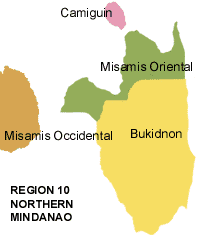


_zps68df14a9.jpg)
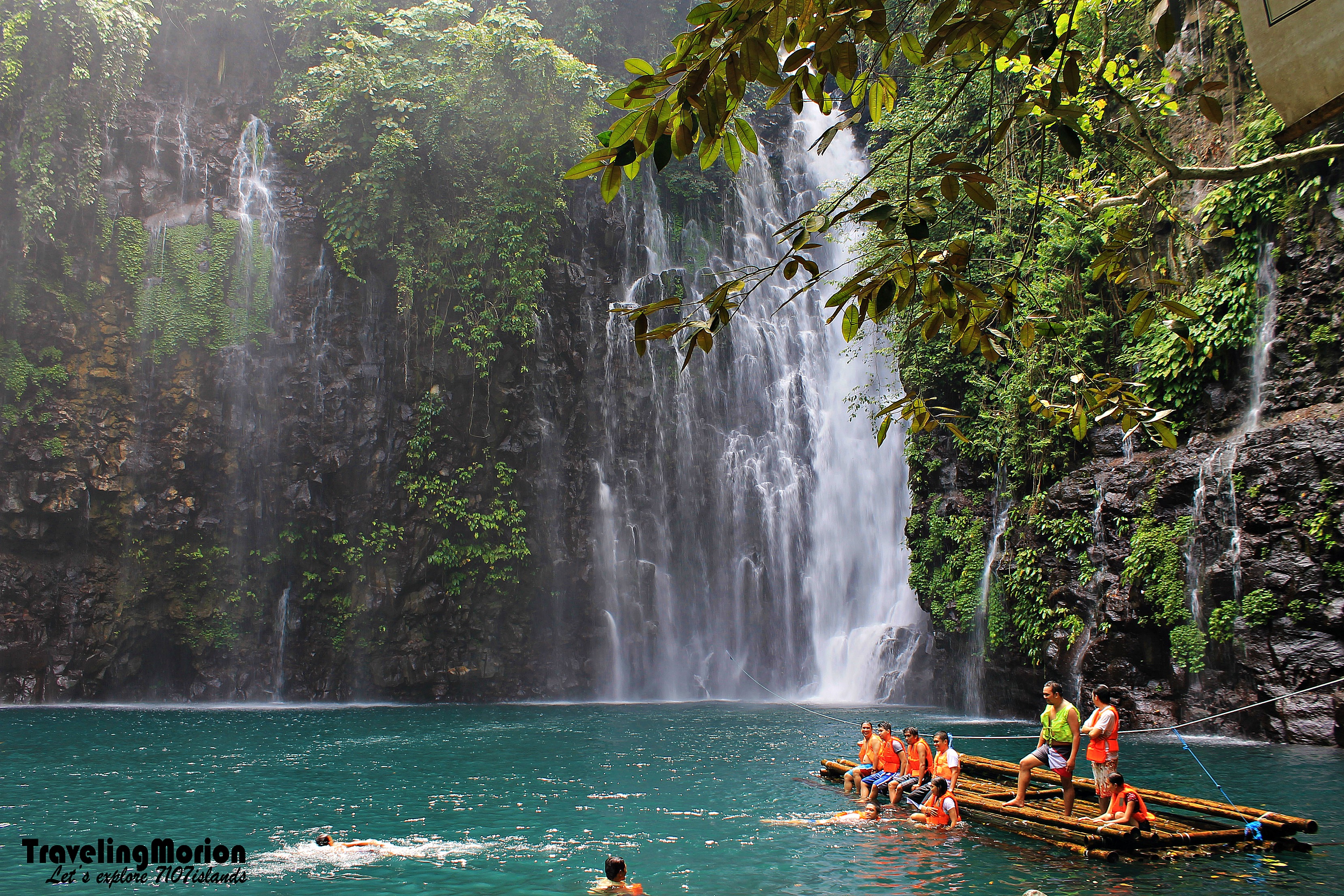
.jpg)
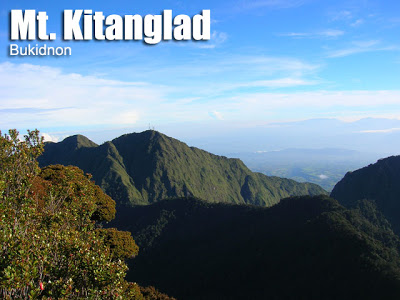

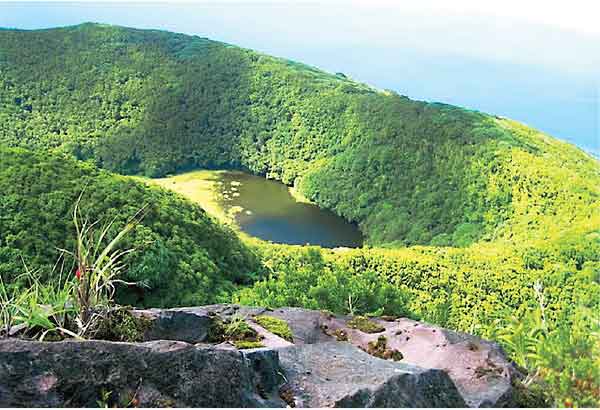
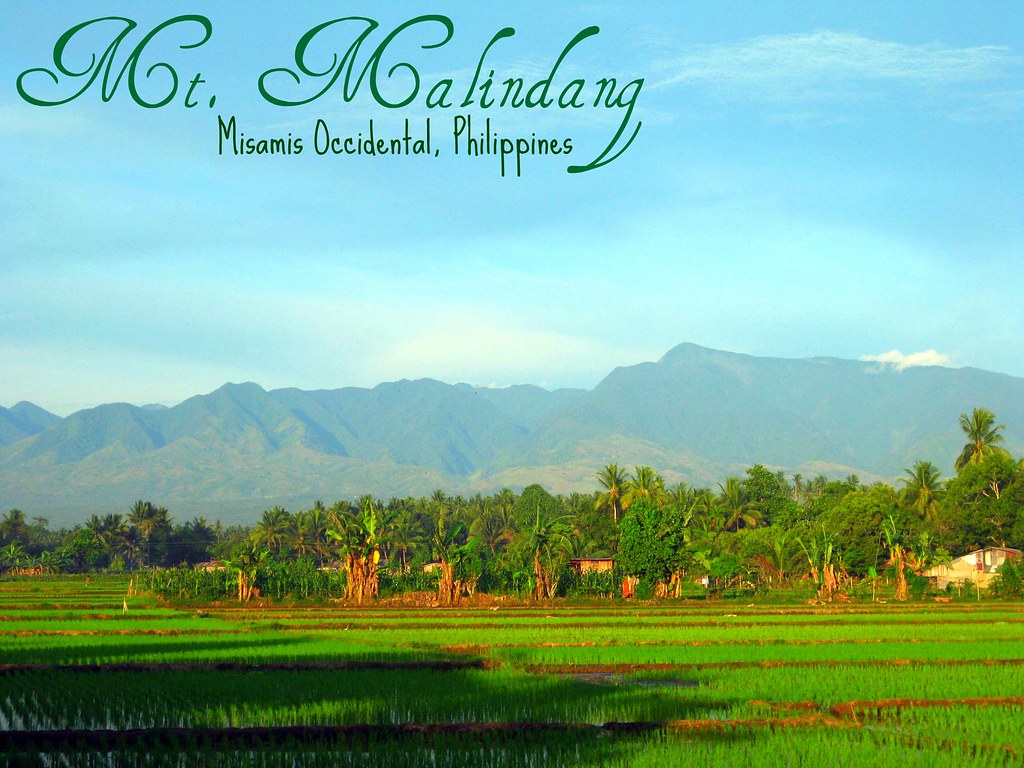

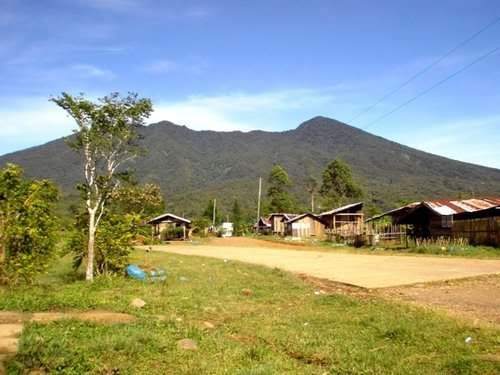



_zps68df14a9.jpg)

.jpg)














